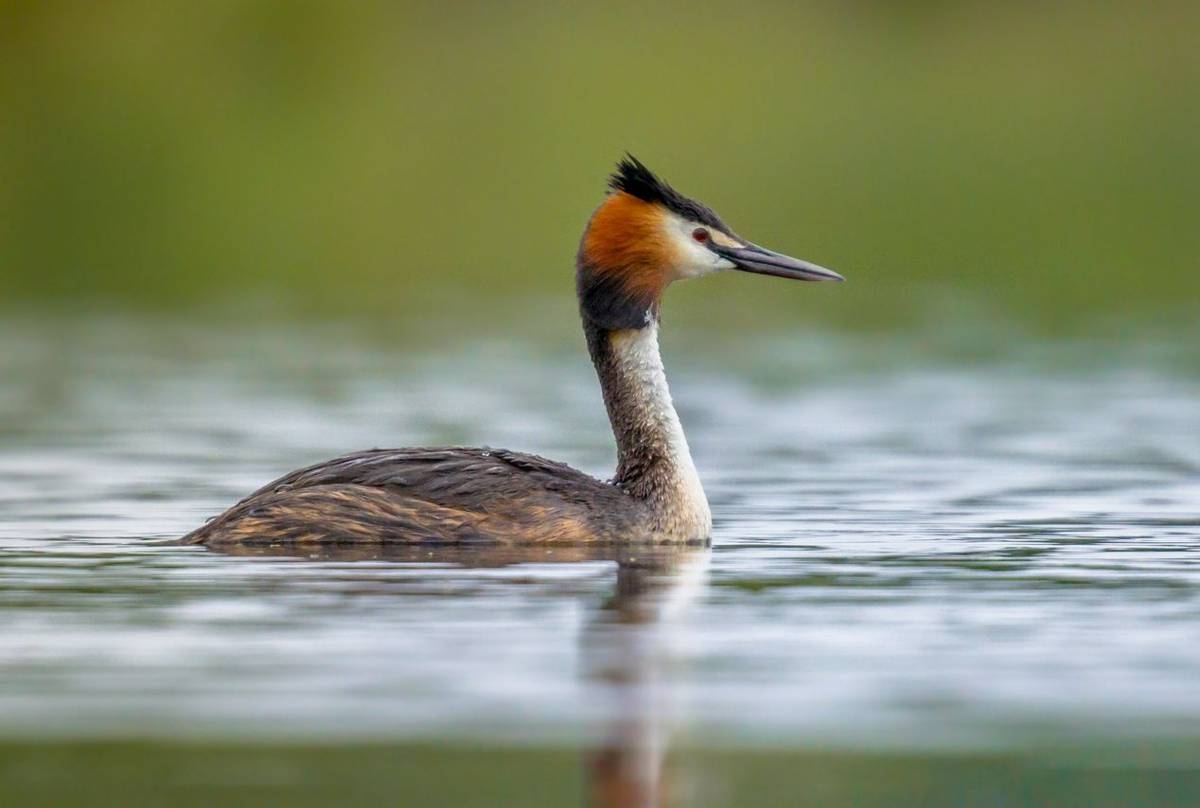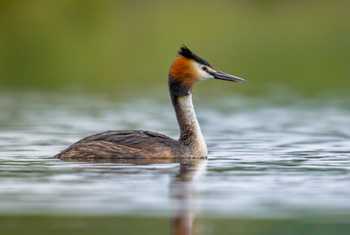


Tour Itinerary and Reports
Can I help you?
The Vale of Mowbray (Day Trip)
Tour Code: GBR271A day exploring the Vale of Mowbray, North Yorkshire, in search of the breeding and migrant birdlife that frequent the quarries and wetlands of the area.
Highlights
Tour Itinerary and Reports
Can I help you?
Quick Enquiry
Summary
The Vale of Mowbray is an area of low-lying land situated between the North York Moors and the Hambleton Hills to the east and the Yorkshire Dales to the west, in the County of North Yorkshire. The A1(M) Great North Road passes through the area from the Vale of York to the south to County Durham in the north. Along the A1(M) corridor are numerous quarries where sand and gravel have been extracted for many years. Some quarries are still active whilst others have reverted back to nature. Careful land management helped by the high water table has resulted in some wonderful nature reserves. The seasons vary with the arrival of migrant breeders and the departure of some duck species in Spring; the settled Summer pattern with many breeding species, butterflies, dragonflies and damselflies; in the Autumn we see the evidence of birds migrating southwards with the chance of a rarity and the numbers of ducks, geese and swans increasing; whilst in winter the spectacle of many wildfowl and other over-wintering species is always pleasing to see.
During our day we will explore sites around Nosterfield and near Masham. We will start at Nosterfield Nature Reserve which covers 150 acres of wet grassland and open water and is managed by the Lower Ure Conservation Trust (LUCT).
Next we will move to Tarmac’s Nosterfield Quarry which is still working but some of the paths take us to excellent reclaimed land and in particular a reedbed where we might be lucky enough to see the Otters which regularly visit. In recent times Bittern has been intermittently seen here. Other things we might see are Shelduck, Mute Swan, Great Cormorant and again Ducks and Geese. Before our walk we will scan from the viewing screen and use the picnic tables for an early lunch.
Our next port of call will be Marfield Wetlands, a Site of Importance for Nature Conservation (SINC) and located adjacent to an SSSI and the River Ure. Enroute we will pass through the market town of Masham where we will stop to use the public toilets and we may have time for an afternoon tea in the market square. Marfield Wetlands is managed by Harrogate and District Naturalist’s Society (NATS) and there are several paths and hides overlooking numerous lakes. Again we could see Ducks, Geese and Swans together with wintering waders such as Curlew and Lapwing. There is also woodland so we can look out for species such as Nuthatch, Great Spotted Woodpecker, Finches and Tits.
Please see 'Detailed Information' below for seasonal species at Nosterfield Nature Reserve and Marfield Wetlands.
Walking will be approximately 5 miles in total on mostly flat gravel paths.
- Many breeding birds in the summer including Avocet, Redshank and Great Crested Grebe
- Autumn migrants passing through such as Little Stint, Ruff and Spotted Redshank
- Wintering waterfowl in bountiful numbers such as Goldeneye, Teal, Pink-footed and Barnacle Geese
Summer
Nosterfield Nature Reserve: many birds breed around the open water including Avocet, Redshank, Lapwing, Great Crested Grebe, Gulls and Geese. As we walk around the reserve we may encounter Reed Bunting, Linnet, Reed Warbler and Blackcap. Keeping an eye on the sky can reveal Red Kite, Common Buzzard, Peregrine, Sparrowhawk and Kestrel. As we pass the Dragonfly pond we may stop to see if there are any dragonflies or damselflies on display, and alongside the paths it is always worth keeping an eye on the path-side vegetation for butterflies and day-flying moths.
Marfield Wetlands: Ducks, Geese and Swans together with waders such as Avocet and Oystercatcher.
Autumn / Winter
Nosterfield Nature Reserve: some of the breeding species such as Avocet move southwards and we start to see a build-up of wintering ducks with good numbers of species such as Goldeneye, Teal, Pochard, Shoveler, Wigeon and Tufted Duck. Migrating waders often stop on their passage south which includes the occasional interesting species such as Little Stint, Ruff and Spotted Redshank. Geese numbers start to swell and species such as Pink-footed, Barnacle and Bean Geese sometimes join the resident Greylag and Canada Geese. Waders wintering in the area can include flocks of Lapwing, Curlew and Golden Plover each numbering into the hundreds. As we walk around the reserve we may encounter a mixed finch flock. Keeping an eye on the sky can reveal Red Kite, Common Buzzard, Peregrine, Sparrowhawk and Kestrel. As we pass the Dragonfly pond we may stop to see if there are any late dragonflies or damselflies on display (autumn).
Marfield Wetlands: Ducks, Geese and Swans together with wintering waders such as Curlew and Lapwing. There is also woodland so in the winter we can look out for species such as Nuthatch, Great Spotted Woodpecker, Finches and Tits.
Day Trip Location
Why Naturetrek?
At Naturetrek we craft expertly-guided group and tailor-made wildlife holidays and cruises to all seven continents. On one of our holidays, you can be assured that our passionate team will enable you to experience and enjoy the best of the world's wildlife and natural spectacles in as comfortable and rewarding a manner as possible, caring as best we can for the environment in the process. We are proud to provide:
- The widest choice of wildlife holidays worldwide
- Tours managed and led by naturalists, for naturalists
- Outstanding value and exceptional customer service
Furthermore, as a Naturetrek client, our office team are always to on hand to help you – so if you have any queries about your holiday, whether before or after you have booked, we will be delighted to answer them on the phone. Please just give our team a call!



 Loading search...
Loading search...














